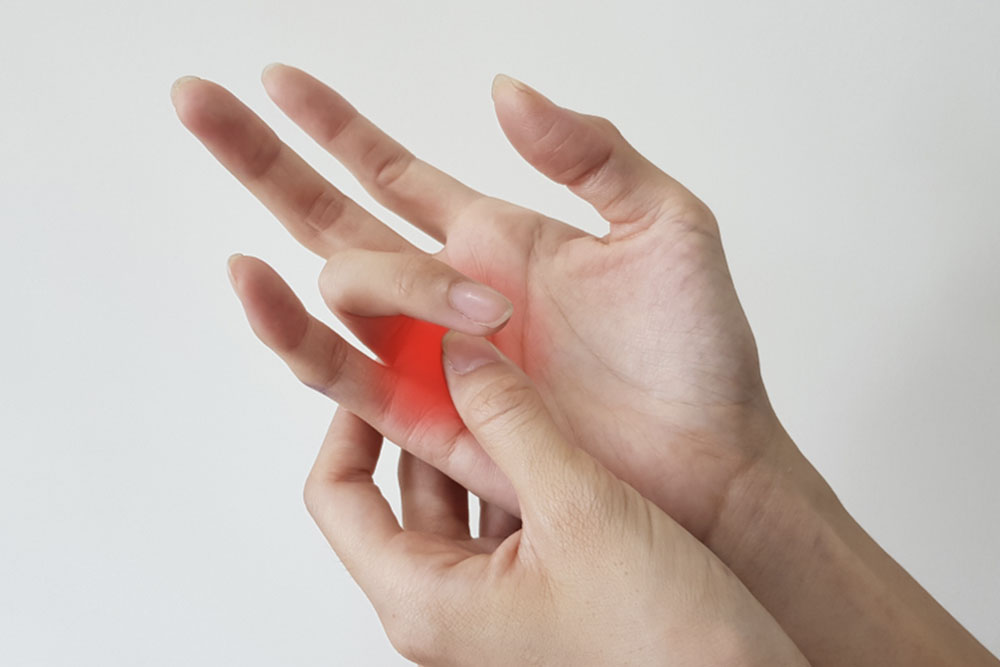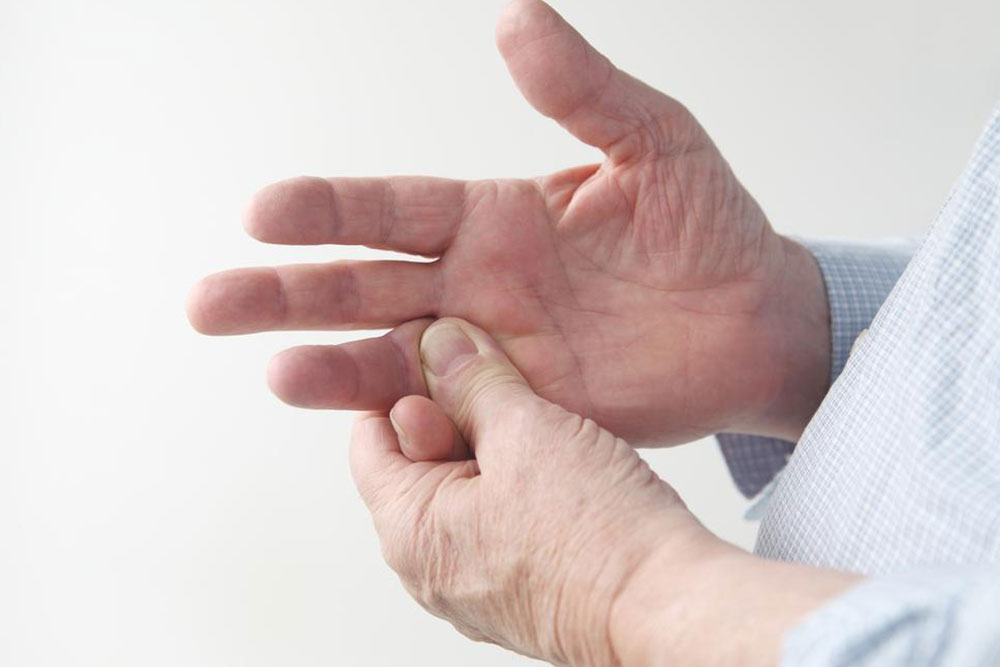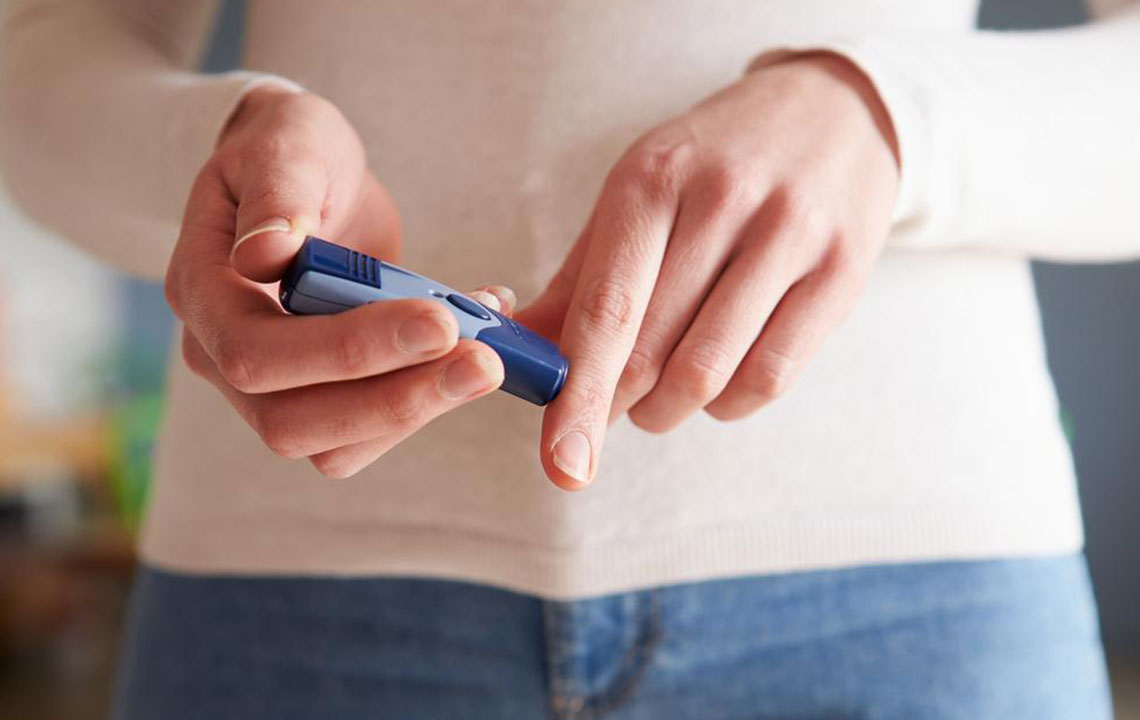Comprehensive Guide to Trigger Finger: Causes, Types, and Effective Prevention Methods
Trigger finger, or stenosing tenosynovitis, is a common hand condition impacting finger mobility. This comprehensive guide covers its types, causes, symptoms, and preventive strategies. Recognizing early signs and adopting appropriate measures like exercises, rest, and medical treatments can effectively manage or prevent trigger finger. Understanding the condition's underlying factors, including inflammation and systemic health conditions, helps in timely intervention. Whether caused by repetitive use or systemic issues, proper care and lifestyle adjustments are vital for maintaining hand health and preventing long-term disability.

Comprehensive Guide to Trigger Finger: Causes, Types, and Effective Prevention Methods
Trigger finger, also known in medical terms as stenosing tenosynovitis, is a common hand condition that can significantly impact daily activities and hand functionality. This condition occurs when one or more fingers, including the thumb, become locked in a bent or flexed position and then suddenly pop straight. The phenomenon resembles pulling a trigger, which is how the condition gets its name. The underlying cause of trigger finger involves the difficulty of tendons, which are the fibrous tissues responsible for finger movement, to glide smoothly through their protective sheaths. When these sheaths become inflamed or thickened, they impede tendon movement, leading to the characteristic locking or catching sensation. The severity of trigger finger can range from mild discomfort during finger movement to complete immobilization, severely affecting hand function.
Understanding the Different Types of Trigger Finger
Trigger finger can be categorized primarily into two types based on underlying causes: primary and secondary. Recognizing these distinctions is essential for accurate diagnosis and effective treatment planning.
Primary Trigger Finger: This form develops due to idiopathic inflammation and thickening of the tendon sheath itself. It typically results from repetitive hand motions or overuse, leading to localized inflammation and swelling. The thickened sheath narrows the space through which the tendons slide, causing the finger to catch or lock during movement. It commonly affects middle-aged individuals, especially those engaged in manual labor or activities involving repetitive finger motions.
Secondary Trigger Finger: Unlike primary trigger finger, this type arises as a complication or symptom of systemic health conditions. Conditions such as diabetes mellitus, rheumatoid arthritis, gout, or amyloidosis can induce inflammation and degenerative changes within the tendons or their sheath. Trauma or injury to the hand can also lead to secondary trigger finger by causing scar tissue formation or direct damage to the tendons. In these cases, trigger finger is often part of a broader pattern of joint or tissue involvement.
Exploring the Causes Behind Trigger Finger
The development of trigger finger is multifactorial, involving both internal anatomical structures and external environmental influences. Tendons, muscles, bones, and the surrounding tissues work together to facilitate smooth finger movements, but various factors can disrupt this harmony.
Repetitive finger activities—such as typing, gripping tools, or playing musical instruments—place continuous strain on tendons, leading to micro-injuries and inflammation. Over time, repeated stress weakens tendon fibers and can cause swelling within the sheath. In addition, infections like bacterial or fungal infections in the hand can trigger inflammatory responses, contributing to sheath thickening.
The formation of nodules—small lumps along the tendon—can physically impede tendon movement, resulting in finger catching or locking. These nodules often develop due to chronic inflammation or degenerative changes. Morning stiffness and localized swelling are typical early signs, signaling that inflammation is at play.
Although the exact etiology remains uncertain for some patients, risk factors include age (most common in middle-aged and older adults), repetitive use of the hands, genetic predispositions, and certain systemic illnesses. Inflammation from autoimmune diseases or metabolic conditions can predispose individuals to trigger finger. Additionally, bilateral affliction or multiple finger involvement may point to underlying systemic issues like amyloidosis or connective tissue diseases.
In pediatric populations, trigger finger mostly affects the thumb, often due to congenital anomalies or injury. In children, the condition can sometimes resolve spontaneously, but persistent cases may require surgical intervention to restore normal finger movement.
Prevention Strategies and Management Tips for Trigger Finger
Preventing trigger finger involves a combination of lifestyle adjustments, ergonomic practices, and targeted exercises to maintain tendon health. Limiting repetitive grasping or finger flexing activities, especially if they cause discomfort, is crucial. Taking frequent breaks during intensive hand tasks reduces strain and inflammation risk.
Engaging in specific finger exercises can strengthen the muscles involved in finger movements and promote tendon health. Activities like gently squeezing a stress ball, rolling clay, or using grip-strengthening tools can bolster muscle resilience and improve tendon glide. Regular stretching and range-of-motion exercises also help maintain flexibility.
Applying ice packs to the affected area can significantly reduce inflammation and alleviate pain, especially during flare-ups. Maintaining overall health with a balanced diet and managing conditions such as diabetes or rheumatoid arthritis can further diminish the risk of developing trigger finger.
For those with degenerative or systemic conditions, modifying activity levels and incorporating physiotherapy can delay or prevent the progression of trigger finger. In early stages, non-invasive treatments like splinting or corticosteroid injections are often effective, but persistent cases may necessitate surgical options such as trigger finger release surgery to free the caught tendons.
In conclusion, trigger finger is a multifaceted condition influenced by repetitive stress, systemic health, and anatomical factors. Understanding the causes, recognizing early symptoms, and adopting preventive measures can significantly reduce the risk and impact of trigger finger. Maintaining good hand health through proper ergonomics, exercises, and medical consultations ensures better hand mobility and quality of life.





